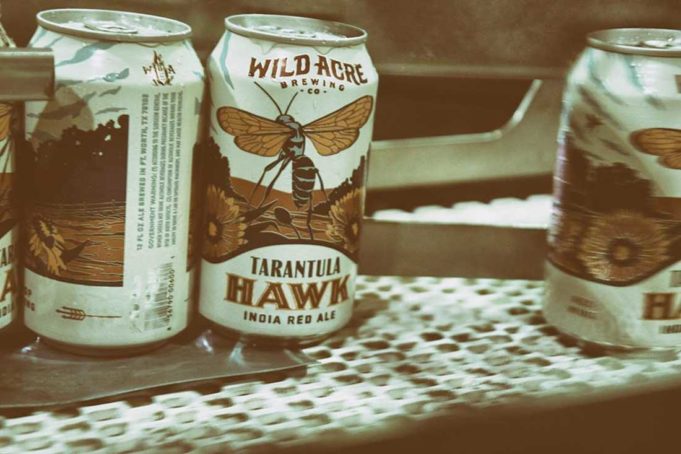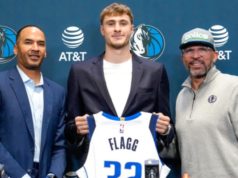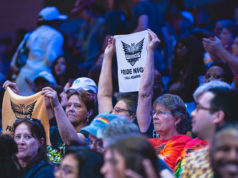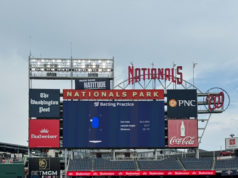I am not a beer expert, master brewer, or any other such related professional. I am a guy with a long and enthusiastically spent career drinking on three continents. I have tried a delicious multifariousness of beers since I first took to drinking around age 15, which is a perfectly regular age to start dabbling with standard lagers in Europe. I’ve gone through many a pint in the course of 30 years’ drinking, from English bitter, through real ale, brown ale, making my peace with Guinness stout, pilsner, straight-up lager, porter, bock, pale ale, IPA, barley wine …
I. HAVE. DRUNK. A. LOT. OF. BEER.
North Texas’ craft brewers make some excellent brews, but I have a beef with their apparent obsession with ever-stronger and -stranger brews. Enough with the race to the highest ABV possible or the weirdest flavor and style combinations. Local examples abound. Panther Island’s Scotch ale Cannonball is a hefty 8.2 percent ABV, Rahr & Sons’ English dark ale Winter Warmer is 8.0 percent, HopFusion’s unfathomably strong Feisty Blonde offers no good reason for being 8.27 percent, and to finish up on the weirdness end of the scale, Martin House seasonally brews its Salsa Verde, a Hatch chile-and-tomatillo ale, that’s a kickin’ 7.6 percent. Wow! Who? Why?
I reached out to Shugg Cole, beer sales and marketing guru at Martin House, who provided a little context. He was happy to appease my beef, opining that high-ABV beers are “a trend that’s evolved over the years, probably all over the country, not just North Texas.”
Shugg supposes that “the more you get into craft beer, you want something bigger and badder than the beer you had before.”
Let us look at local craft beer through the lens of the omnipresent India Pale Ale. As the name suggests, it is a beer devised in the days of Empire — the mistakenly much-romanticized “days of the Raj.” The Campaign for Real Ale (an organization that produces the British bible of beer) elucidates the history of IPA thus: “India Pale Ale changed the face of brewing early in the 19th century. The new technologies of the Industrial Revolution enabled brewers to use pale malts to fashion beers that were genuinely golden or pale bronze in color. Look for juicy malt, citrus fruit, and a big, spicy, peppery bitter-hop character, with strengths of 4 percent upwards.”
See that last phrase, “with strengths of 4 percent upwards”? Four. Not 5. Not 6. Not 7. Not 8. And definitely not 9. It is also worth noting that as a British beer, IPA is typically not served very cold. Chilling it down accentuates the bitter hops disproportionately, contributing to the lingering dry aftertaste, which dissuades many people from drinking what can be a sharp and citrusy but ultimately smooth beverage.
On recent visits to Los Angeles and San Antonio, I took one for the team by sampling a range of local beers all in the name of research. Angel City Brewery in the Arts District of downtown L.A. produces a range of beers that will be familiar in style to the average North Texas drinker: The large, ornate Art Deco tap room slings a very decent European–style lager at 4.8 percent ABV. With hints of grapefruit and honey, the brew sits right in the sweet spot where flavor and skill meet alcohol. Angel City’s pilsner is a delightfully crisp example of the style. A little alcohol-heavy at 5.6 percent but with its tight carbonation reminiscent of Pilsner Urquell (a personal favorite of mine), the beer is well met. I experienced similar joy drinking appropriately strong brews at Arts District Brewing, whose 5.1 percent Irish stout was particularly on point.
Similarly, in downtown San Antonio, I found beer locally brewed that focused on a balance among alcohol, taste, and fealty to traditional beer styles. At Blue Star Brewing, close to downtown, I discovered and savored a 4.0-percent-ABV Texican Lager, its clean crisp quench the perfect foil to a 95-degree evening. Equally impressive were the Cowtown Mild (4.2 percent), the Pilsner (4.0 percent), and the Apache Amber (4.5 percent). Each was drawn straight from the large tanks behind the bar.
Central Market first took a deep dive into the craft beer market when Rahr started up in 2004. As Texas’ premier worker-owned food and drink vendor, Central Market carried some 400 beers from around the world in 2004. Fast-forward to 2017, and the stores now offer around 400 more craft beers. This number swells to more than 1,000 beers a year with international and seasonal brews and one-offs. This makes Central Market the ideal place to look for further salve for my beer beef.
Jonathan “J.R.” Clark, beer and wine manager at the Fort Worth store, notes that the he deals with 50-plus Texas breweries. The local bona fides stretch to “sometimes having 15 out of our 19 taps on the growler wall hailing from Texas breweries.”
The defining principle for which beers make the wall, and more broadly which ones are carried among CM’s craft horde, is “to drink what is in the city limits on a regular basis and experiment with the hard-to-get stuff when it is released. The local trend is so big that we rarely stack a beer on an end cap or a display outside the department that is not in the 817 area code.”
Weighing in on the alcohol content heft of many Fort Worth brewers’ headline offerings, the Central Market voice is brutally honest, claiming that “high-ABV beers have always been popular just because of the perception that they are hard to get, and … the truth of the matter is that high-ABV beers are just … efficient.”
Bingo! Look, North Texas brews some amazing beer, and some of it is of the high ABV variety for its style. Fort Worth often leads the way in terms of quality and variety of brews. For example, since discovering Wild Acre’s Tarantula Hawk last year, I’ve implored countless strangers in liquor stores and beer aisles to try what I consider to be one of the best new beers I’ve tasted in 20 years, a 6.5-percent-ABV red IPA.
What I am getting at, more broadly, is that it is possible to take the time and have the confidence to brew beers whose unique selling point is not that they are stronger than others or indeed that they are the strongest of their type. Confidence is the key. Strikes me that other brewers in other fair cities have the confidence in their ingredients, skills, and audiences to make great beer at the kind of ABV it’s been made at for, in many cases, hundreds of years.
The big picture for me is that Fort Worth often has the air of a precocious teenager who is in the midst of a prodigious growth spurt. Yes, you have grown mightily, and, yes, you have as much to offer as a hyperactive polymath, but on the inside, you’re still that little insecure guy, unsure of whether anyone even knows you exist. People know: They see you. Have confidence. Believe in yourself, Fort Worth.













Thanks for the article G.P.,
However, I’m one of those guys who appreciates the higher-ABV brews. I like to drink beer a lot but I don’t always like to drink a lot of beer. For me, 2-3 6-8 ABV beers are much better than 4-6 lower-alcohol versions. Part of it is taste, part effect especially if it later in the evening. I don’t 60 ounces sitting in my stomach before bedtime.
On a recent trip to Tulsa, after a hard day at work, I was looking forward to winding down with a cold one or 2. Wal-Mart was the closest store and luckily they had Goose Island IPA along with the rest of the usuals. About 1/2 way through the first one I noticed, rater didn’t notice anything. After grabbing a 2nd, I started reading the label and noticed ABV 3.2% The taste was OK but no umf. The next day a nice lady at a liquor store explained that in OK, the beer sold at convenience and grocery stores is all 3.2. Only liquor stores carry the higher proof beer. You will even have to ask at restaurants (and hope the waitress has a clue) which version they carry.
There are plenty of low ABV beers on the market so let the brewers reach for the skies, or at least a limit where the alcohol doesn’t interfere with the taste. Let the consumer decide if they want an easy drinking Bud after cutting the lawn or a more potent brew to cap a frosty night.
Thanks again.